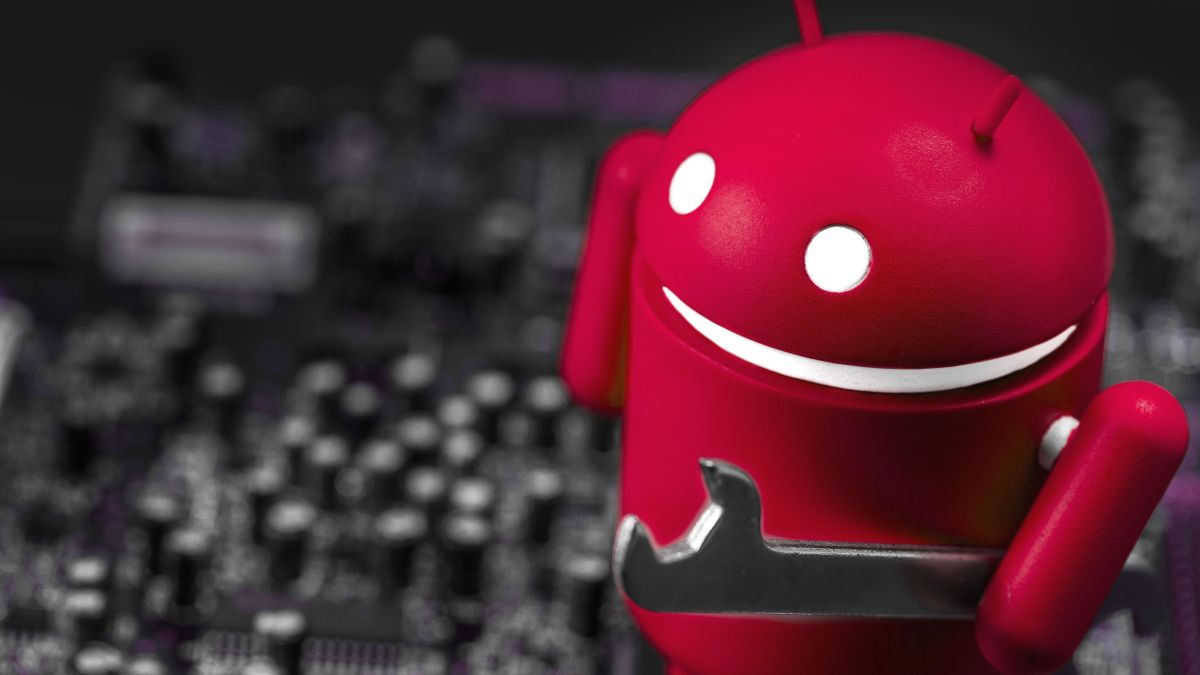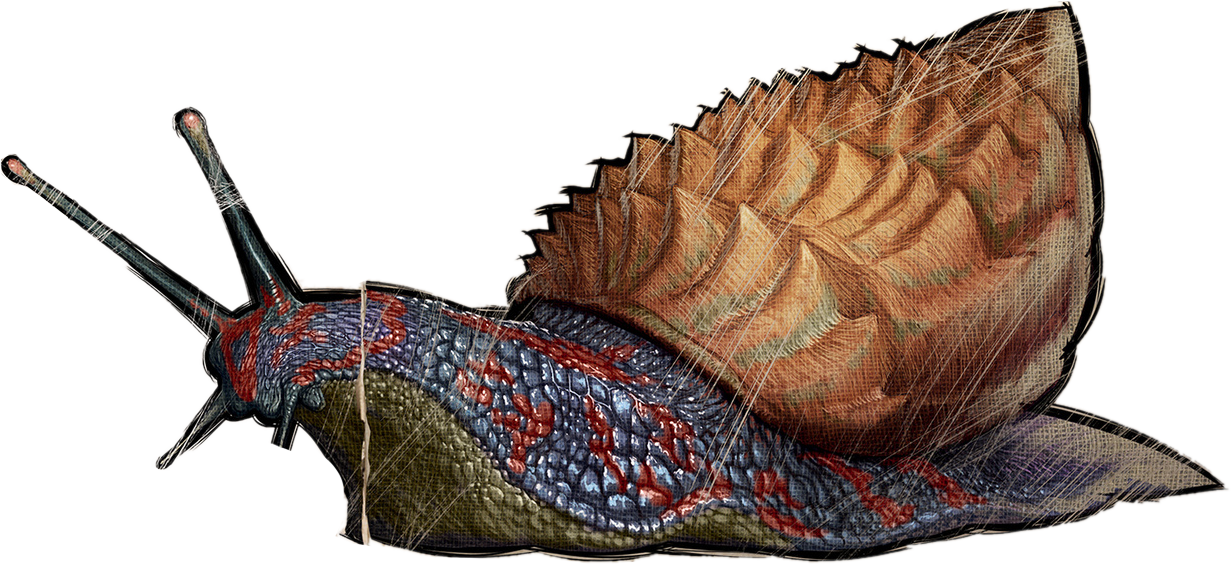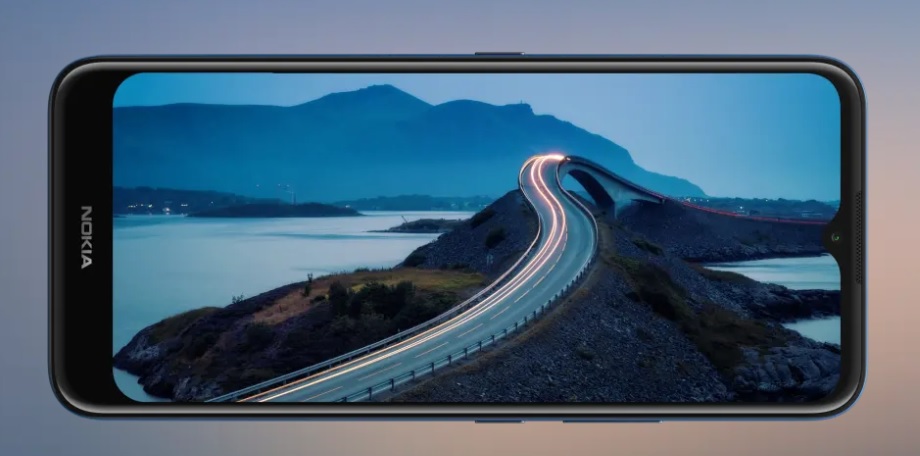Are you excited about the new Android 13? With its user-friendly features and enhanced performance, it’s no wonder that many people are eager to upgrade. However, some users have been experiencing frustrating issues such as random app crashes, bugs, and lags. If you’re facing similar problems that hinder your gaming experience, don’t worry! In this comprehensive guide, we’ll provide you with troubleshooting methods to fix games and apps crashing on Android 13.
Restart Your Device
First and foremost, try restarting your device. This simple step can help resolve many glitches and clean the cache cookies associated with the app, ensuring a smoother performance. By restarting your smartphone, you can also clear the temporary RAM, which may be causing the crashing issue.
Keep Your Apps Updated
Developers constantly release updates to ensure their apps work seamlessly on different devices. When you receive an update notification for any of your apps, make sure to install it. Updating your apps to the latest version can often fix compatibility issues and address bugs that may be causing crashes.
To update your apps, follow these steps:
- Open the Google Play Store on your Android device.
- Tap on the “Menu” icon in the top-left corner.
- Select “My apps & games” from the menu.
- On the “Installed” tab, you’ll see a list of all your installed apps.
- If there are any updates available, you’ll find them under the “Updates” section.
- Tap the “Update” button next to each app that requires an update.
Keeping your apps updated is an essential practice that can help prevent app crashing issues on Android 13.
Remove Battery Restrictions
Android 13 introduces new battery optimization settings to improve battery performance. However, these settings may cause certain apps to crash. To fix this, you need to disable battery restrictions for all apps. Here’s how:
- Go to the “Settings” app on your Android device.
- Scroll down and tap on “Battery & performance.”
- Select “Battery usage.”
- Tap on “Battery optimization.”
- You’ll see a list of apps. Tap on each app and select “Don’t optimize” to disable battery restrictions for that app.
By removing battery restrictions, you can eliminate one potential cause of app crashes on Android 13.
Reset App Preferences
Android 13 allows you to set different preferences for individual apps. However, these customized settings can sometimes interfere with the smooth functioning of apps, resulting in crashes. If you’re experiencing frequent app crashes, resetting your app preferences can help resolve the issue. Follow these steps:
- Open the “Settings” app on your Android device.
- Scroll down and tap on “Apps” or “Applications,” depending on your device.
- Tap on the three-dot menu icon in the top-right corner.
- Select “Reset app preferences” from the menu.
- A confirmation pop-up will appear. Tap “Reset apps” to proceed.
Resetting app preferences will restore the default settings for all your apps, potentially resolving any conflicts causing crashes.
Uninstall and Reinstall Apps
If the above methods haven’t solved the crashing issue, you can try uninstalling and reinstalling the problematic app. This process ensures that you start with a fresh installation, eliminating any corrupted files or cache that may be causing the crashes. Follow these steps to uninstall and reinstall the app:
- Long-press the app icon on your home screen or app drawer.
- Tap on “Uninstall” or drag the app icon to the “Uninstall” option at the top of the screen.
- Once the app is uninstalled, open the Google Play Store.
- Search for the app and select it from the search results.
- Tap on “Install” to download and reinstall the app.
Remember to download the app from the official Google Play Store to ensure its authenticity and reduce the risk of downloading malware-infected versions.
Re-enable Android System Overview
Android System Overview is a feature that helps display web content on your smartphone. It is used by many apps to provide certain functionalities. Enabling this feature for all apps is crucial to prevent crashes. Follow these steps to re-enable Android System Overview:
- Open the app drawer on your Android device.
- Look for the “Android System Overview” app.
- Tap and hold the app icon until a menu appears.
- Select “App info” from the menu.
- Tap on the “Force stop” button to stop the app.
- After force stopping, tap on the three-dot menu icon in the top-right corner.
- Select “Enable” or “Enable app” to re-enable Android System Overview.
By re-enabling Android System Overview, you ensure that the necessary components for app functionality are active, reducing the chances of crashes.
Free Up Storage Space
Insufficient storage space on your device can lead to app crashes. When your smartphone’s memory is full, apps may stop working or display frequent pop-ups stating, “App has stopped working.” To prevent this, you need to free up storage space. Here are some ways to do it:
- Delete unnecessary files and apps: Go through your files and apps and delete anything you no longer need. This includes old photos, videos, documents, and unused apps.
- Clear app cache: Open the “Settings” app, go to “Apps” or “Applications,” select the app causing issues, and tap on “Storage.” Then, tap on “Clear cache” to remove temporary files associated with the app.
- Move files to external storage: If your device supports external SD cards or USB drives, move some of your files to these external storage options to free up space on your device.
By freeing up storage space, you create room for apps to function properly, reducing the likelihood of crashes.
Reset Android 13 or Factory Reset
If none of the above methods have resolved the app crashing issue, you may need to consider resetting Android 13 or performing a factory reset. This should be your last resort, as it will erase all data and settings on your device. Before proceeding, make sure to back up all your important data. Here’s how to reset Android 13:
- Open the “Settings” app on your Android device.
- Scroll down and tap on “System” or “System & updates.”
- Select “Reset options” or “Reset.”
- Tap on “Erase all data (factory reset).”
- Follow the on-screen instructions to confirm the reset and proceed.
Please note that the steps may vary slightly depending on your device and Android version. Once the reset is complete, set up your device again and reinstall your apps.
Conclusion
In conclusion, app crashing issues can be frustrating, but there are several solutions you can try to fix them on Android 13. By restarting your device, keeping your apps updated, removing battery restrictions, resetting app preferences, and uninstalling and reinstalling apps, you can resolve most crashing problems. Additionally, re-enabling Android System Overview, freeing up storage space, and performing a factory reset can help in more severe cases. Remember to always back up your data before performing any reset. With these troubleshooting methods, you can enjoy a smoother and more enjoyable experience on Android 13.
If you encounter any persistent issues, don’t hesitate to contact the app developers and provide them with a bug report. They may be able to address the issue in a future update. For more tech-related tips and guides, visit our website’s “How To” page.
Experiencing difficulties with your Device, check out our “How To” page on how to resolve some of these issues.






